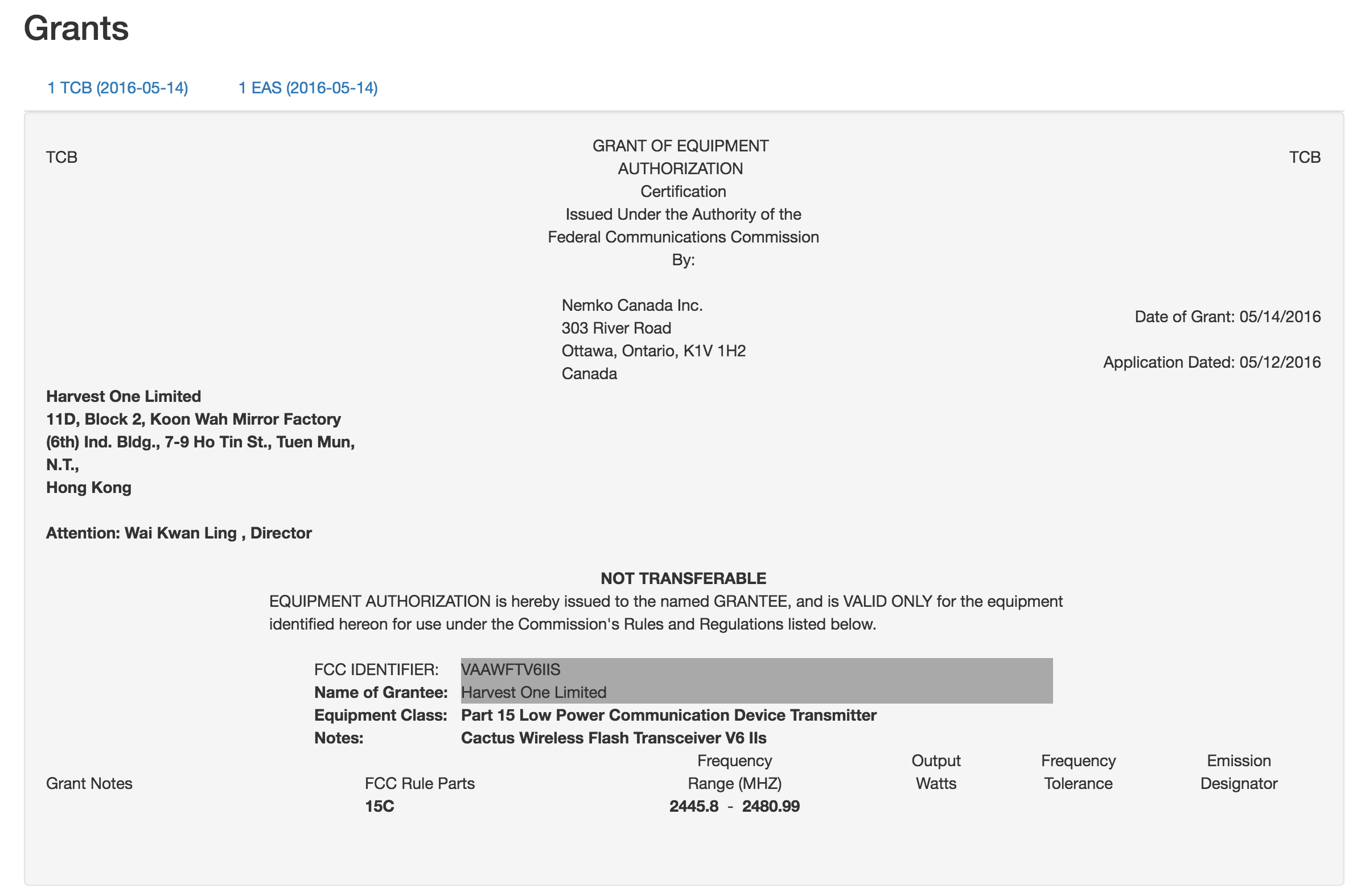This is a guest post from RepeaterStore. RepeaterStore.com provides amplification solutions to improve wireless cell and data reception in buildings, homes and vehicles. We’ve helped over 25,000 customers large and small improve their signal since 2007. Our headquarters are in beautiful Laguna Hills, California.
Our last post discussed small signal booster kits, suitable for apartments or dorm rooms. At the other end of the market, there are commercial grade signal booster kits that offer coverage up to 20,000 sq ft. Large, powerful signal booster kits are becoming increasingly popular with consumers. Manufacturers are meeting demand by making wideband products that can boost 3G/4G/LTE on every network and cover a very large area. They are suitable for commercial, industrial, and residential buildings like retail stores, warehouses, and luxury homes.
Potential coverage area is determined by a lot of factors, including building materials (concrete, steel etc) and existing signal strength. One technical factor is the downlink gain. Downlink power affects the signal coming from the cell tower into the building. When the FCC issued the February 2013 Report and Order, some clauses limited downlink gain for cellular repeaters. In September 2014, Wilson Electronics successfully petitioned the FCC to change these clauses. They argued that the existing downlink gain limits were too difficult to test for and limiting coverage unnecessarily, while other limits were adequate safeguards to protect wireless networks. The FCC agreed, and removed the reference to downlink noise in their Noise Limits clause:
We recognize that it is difficult to design a compliance test to measure downlink noise levels in the presence of an introduced signal (representing RSSI) within the same frequency band, particularly when RSSI is also assumed to be broadband noise. Moreover, we do not believe that it is necessary to limit downlink noise as a function of RSSI in this section of our rules in order to protect base stations from interference as a signal booster approaches a base station. Downlink noise limits are included in other sections of our rules. Accordingly, we will remove the reference to downlink noise from section 20.21(e)(8)(i)(A)(1) of our Noise Limits technical requirement for Wideband Consumer Signal Boosters. As amended, section 20.21(e)(8)(i)(A)(1) now provides:
The transmitted noise power in dBm/MHz of consumer boosters at their uplink port shall not exceed -103 dBm/MHz –RSSI. RSSI (received signal strength indication expressed in negative dB units relative to 1 mW) is the downlink composite received signal power in dBm at the booster donor port for all base stations in the band of operation.
The FCC also agreed to add a separate downlink gain limit to clarify the maximum allowable downlink gain:
Adding a downlink gain requirement to our Transmit Power Off Mode rule will ensure gain equivalency as required by our Bidirectional Capability rule without creating complications for our test procedures. In addition, it will benefit signal booster manufacturers by setting a floor on the permissible downlink gain when in proximity to one or more base station transmitters (i.e., high RSSI levels). Accordingly, we will add a reference to downlink noise in section 20.21(e)(8)(i)(H) of our Transmit Power Off Mode requirement for Wideband Consumer Signal Boosters. As amended, section 20.21(e)(8)(i)(H) now provides:
When the consumer booster cannot otherwise meet the noise and gain limits defined herein it must operate in “Transmit Power Off Mode.” In this mode of operation, the uplink and downlink noise power shall not exceed -70 dBm/MHz and both uplink and downlink gain shall not exceed the lesser of 23 dB or MSCL.
This means that new amplifiers will be able to receive and use an outside signal that is up to 10-12 decibels stronger than the previous permissible signal strength. That 12 decibels translates into a greatly increased internal coverage area. If existing outside signal strength is weak, this downlink gain won’t make much difference to the signal booster performance. But for consumers with a large building with strong outside signal strength, this change means that their booster can now bring strong indoor signal over up to 20,000 sq ft.
Wilson Electronics was quick to take advantage of their successful petition in September 2014. They’ve been developing a Wilson Pro product line of powerful signal boosters. In May 2015, the FCC approved the Wilson Pro Plus Select, their most powerful booster yet, which went on sale late last year.




